Defense Daily
-
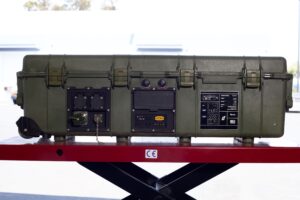 Business/Financial
Business/FinancialChariot Defense, Offering Power Management At The Edge, Exits Stealth
Venture-backed power management startup Chariot Defense on Wednesday emerged from stealth with an $8 million seed round it has been using for hiring and product development as the San Franciso-based […]
-
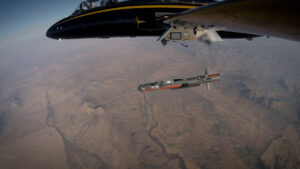 Army
ArmyAnduril Successfully Flight Testing Barracuda Missile Variant For Army Program
Anduril Industries in May successfully completed flight tests of the munitions variant of its Barracuda-100 autonomous air vehicle under an Army testbed program aimed at proving out multiple ranges, missile […]
Tagged in: -
 Uncategorized
UncategorizedGlobalstar Enters CRADA With US Army to Evaluate Devices
Satellite operator Globalstar has a new Cooperative Research and Development Agreement (CRADA) with the U.S. Army to assess the company’s devices for low probability of intercept and detection communications. Globalstar […]
-
Wednesday, July 16, 2025
- HASC Adds Measures To NDAA Seeking More F-47, F/A-XX Details, Blocking E-7A Cut
- Army 25th Infantry Division Switching Out Howitzers for HIMARS
- Austal Delivers Last Independence-Variant LCS To The Navy
- Accelerate HACM Production Ramp, HASC Advises USAF
- Navy Used BALTOPS Exercise To Demonstrate USV Tactics, Evaluating Vessels
- HASC Bill Would Make TacSRT a ‘Program of Record’
- Startup Developing Electromagnetic Launch System For Hypersonic Testing Nabs Seed Funding
- House Armed Services Committee Wants UAS Office Reporting To Deputy Defense Secretary
- House Armed Services Passes NDAA Measures on DoD, NNSA
-
Wednesday, July 16, 2025
- HASC Adds Measures To NDAA Seeking More F-47, F/A-XX Details, Blocking E-7A Cut
- House Armed Services Committee Wants UAS Office Reporting To Deputy Defense Secretary
- Army 25th Infantry Division Switching Out Howitzers for HIMARS
- HASC Bill Would Make TacSRT a ‘Program of Record’
- Navy Used BALTOPS Exercise To Demonstrate USV Tactics, Evaluating Vessels
- Accelerate HACM Production Ramp, HASC Advises USAF
- House Armed Services Passes NDAA Measures on DoD, NNSA
- Austal Delivers Last Independence-Variant LCS To The Navy
- Startup Developing Electromagnetic Launch System For Hypersonic Testing Nabs Seed Funding
-
 Congress
CongressHASC Adds Measures To NDAA Seeking More F-47, F/A-XX Details, Blocking E-7A Cut
The House Armed Services Committee on Tuesday adopted measures to its version of the next defense policy bill directing the Air Force and Navy to provide more detailed information on […]
-
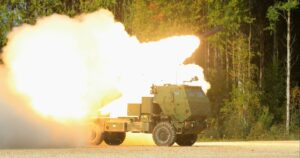 Army
ArmyArmy 25th Infantry Division Switching Out Howitzers for HIMARS
The U.S. Army’s 25th Infantry Division at Schofield Barracks, Hawaii plans to replace eight 105mm and six 155mm howitzers with 16 High Mobility Artillery Rocket System (HIMARS) launchers by Lockheed […]
-
 Advanced / Transformational Technology
Advanced / Transformational TechnologyStartup Developing Electromagnetic Launch System For Hypersonic Testing Nabs Seed Funding
Auriga Space has raised $4.6 million in a seed round and garnered $1.4 million in additional U.S. government funding to accelerate the development of an electromagnetic launch platform for “lab-scale […]
-
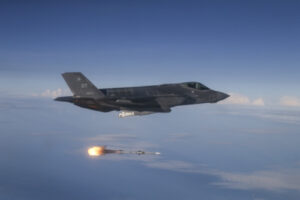 Uncategorized
UncategorizedHouse Armed Services Passes NDAA Measures on DoD, NNSA
The House Armed Services Committee Tuesday approved fiscal 2026 National Defense Authorization Act (NDAA) provisions to, among other things, create a new Rapid Capabilities Program within the National Nuclear Security […]
-
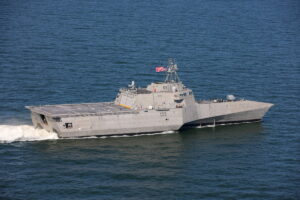 Navy/USMC
Navy/USMCAustal Delivers Last Independence-Variant LCS To The Navy
Austal USA on Friday delivered the 19th and last Independence-variant Littoral Combat Ship (LCS), the future USS Pierre (LCS-38), to the U.S. Navy. Austal built them and delivered this one […]
Tagged in:

